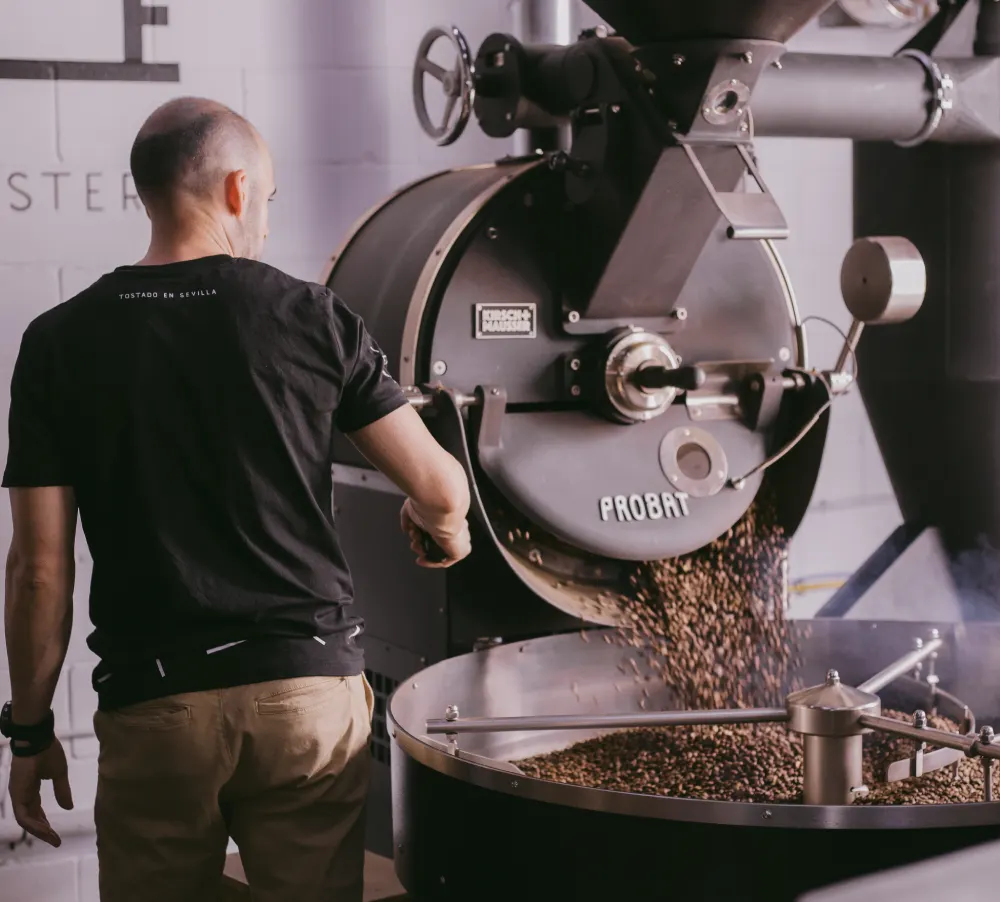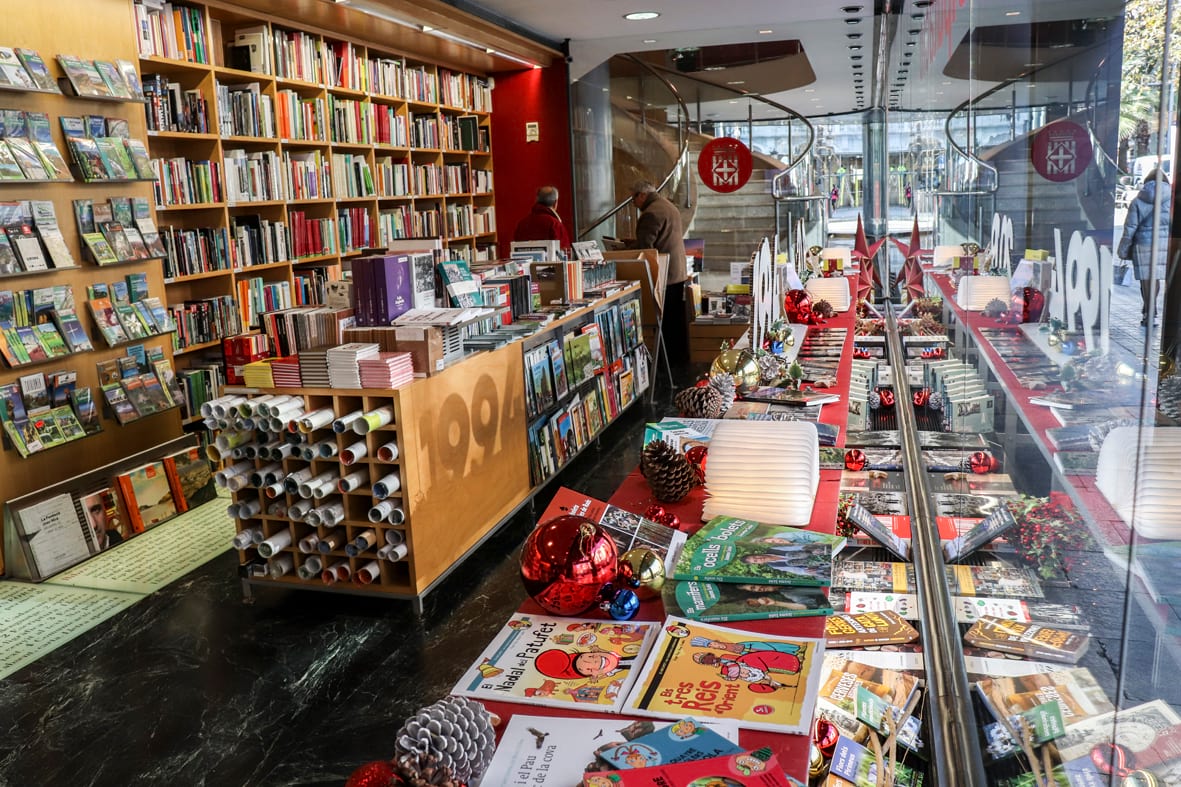Barcelona has taken another step towards a friendlier and more sustainable urban environment. In a place where the hustle and bustle of the city can be overwhelming, the creation of new spaces in the Turó de la Peira neighborhood offers a healthy and necessary respite. Who knew that, in the midst of the hustle and bustle, we would find small urban oases transforming the way we interact with the city?
The impact of the Pla de Barris on the community
The Pla de Barris is a project that aims to revitalize and improve Barcelona’s neighborhoods, giving them a new life. It focuses not only on improving infrastructure, but also on offering quality of life to residents. In the case of Turó de la Peira, two new pacified spaces have been implemented that promise to be real changes in the urban landscape.
But what does it really mean to “pacify” a space? In simple terms, it’s about reducing traffic and noise to create a safer, more comfortable environment. The focus is undoubtedly on creating areas that invite walking, fun and relaxation.
Spaces for everyone: children’s playgrounds and more
Not surprisingly, these newly pacified spaces include elements that appeal to both children and adults. With strategically placed playground equipment, families now have a place where the little ones can enjoy their freedom. These facilities allow children to play safely, while adults converse or simply enjoy their surroundings.
In addition, improved public spaces also encourage interaction between neighbors, something that, in the heart of a big city like Barcelona, is sometimes forgotten. Who doesn’t appreciate a casual chat with a neighbor while the kids play nearby?
Citizens have begun to notice that these types of projects not only beautify the neighborhood, but also revitalize it. They transform previously unnoticed spaces into integral parts of the community, fostering a spirit of collectivity.
A focus on sustainability
Barcelona has demonstrated its commitment to being a more sustainable city, and the new developments in Turó de la Peira are a great example. They include not only playgrounds, but also pedestrian walkways that promote the use of non-motorized transport. This means less pollution and cleaner air for residents.
Sustainability is also reflected in the use of materials and in the design of the green spaces. Each tree and plant has been carefully chosen to ensure that it contributes to the local ecosystem. Native and hardy plants require less water and maintenance, a choice that demonstrates the city’s interest in integrating nature into every urban corner.
Tangible benefits for residents
The advantages of these new developments are manifold and are not only limited to the environmental sphere. Residents have experienced a marked improvement in their well-being. With spaces that encourage outdoor activity, people are more likely to get out, walk and socialize. This helps to reduce stress and improve the overall mood of the community.
The conversion of forgotten spaces into useful and attractive places also has a positive economic effect. Local businesses, such as coffee shops and small restaurants, benefit from the increased flow of people who now visit these new recreational sites.
Looking to the future of cities
As large cities like Barcelona continue to grow, the need arises to find ways to maintain a balance between technological advancement and the well-being of citizens. Turó de la Peira stands as a role model, a testament to how urban design can work hand in hand with the community to improve the quality of life.
These changes invite reflection on the role of cities in the lives of their inhabitants and how they should evolve to respond to contemporary needs. The creation of spaces such as Turó de la Peira suggest that a conscious, people-centered approach can transform dense cities into more livable environments.
In conclusion, Barcelona’s effort to integrate more green and peaceful spaces into its urban planning not only improves the aesthetics of the city but also strengthens the social fabric. Turó de la Peira is a reminder that, with the right vision, it is possible to make even the busiest spaces places of peace and community.
—



